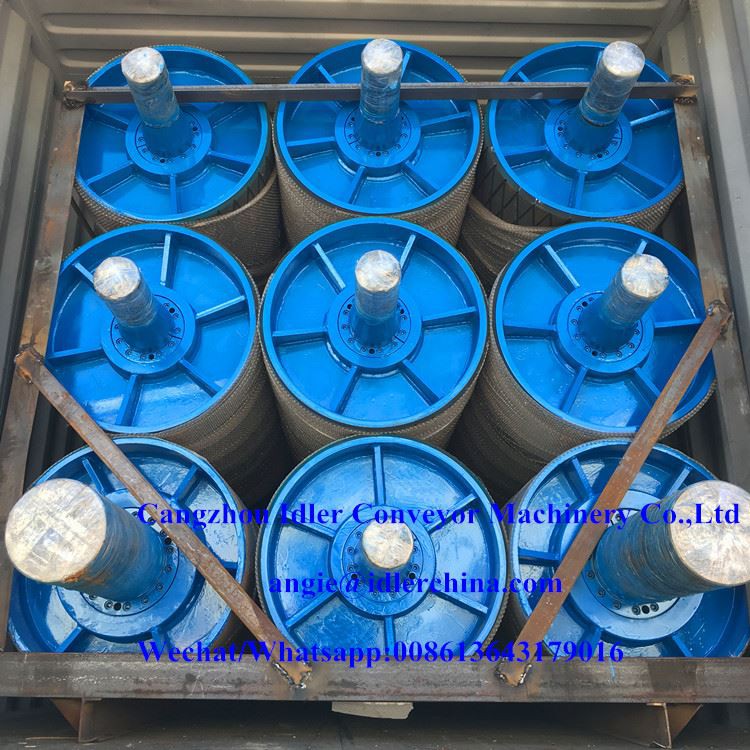 Afrikaans
Afrikaans  Albanian
Albanian  Amharic
Amharic  Arabic
Arabic  Armenian
Armenian  Azerbaijani
Azerbaijani  Basque
Basque  Belarusian
Belarusian  Bengali
Bengali  Bosnian
Bosnian  Bulgarian
Bulgarian  Catalan
Catalan  Cebuano
Cebuano  Corsican
Corsican  Croatian
Croatian  Czech
Czech  Danish
Danish  Dutch
Dutch  English
English  Esperanto
Esperanto  Estonian
Estonian  Finnish
Finnish  French
French  Frisian
Frisian  Galician
Galician  Georgian
Georgian  German
German  Greek
Greek  Gujarati
Gujarati  Haitian Creole
Haitian Creole  hausa
hausa  hawaiian
hawaiian  Hebrew
Hebrew  Hindi
Hindi  Miao
Miao  Hungarian
Hungarian  Icelandic
Icelandic  igbo
igbo  Indonesian
Indonesian  irish
irish  Italian
Italian  Japanese
Japanese  Javanese
Javanese  Kannada
Kannada  kazakh
kazakh  Khmer
Khmer  Rwandese
Rwandese  Korean
Korean  Kurdish
Kurdish  Kyrgyz
Kyrgyz  Lao
Lao  Latin
Latin  Latvian
Latvian  Lithuanian
Lithuanian  Luxembourgish
Luxembourgish  Macedonian
Macedonian  Malgashi
Malgashi  Malay
Malay  Malayalam
Malayalam  Maltese
Maltese  Maori
Maori  Marathi
Marathi  Mongolian
Mongolian  Myanmar
Myanmar  Nepali
Nepali  Norwegian
Norwegian  Norwegian
Norwegian  Occitan
Occitan  Pashto
Pashto  Persian
Persian  Polish
Polish  Portuguese
Portuguese  Punjabi
Punjabi  Romanian
Romanian  Russian
Russian  Samoan
Samoan  Scottish Gaelic
Scottish Gaelic  Serbian
Serbian  Sesotho
Sesotho  Shona
Shona  Sindhi
Sindhi  Sinhala
Sinhala  Slovak
Slovak  Slovenian
Slovenian  Somali
Somali  Spanish
Spanish  Sundanese
Sundanese  Swahili
Swahili  Swedish
Swedish  Tagalog
Tagalog  Tajik
Tajik  Tamil
Tamil  Tatar
Tatar  Telugu
Telugu  Thai
Thai  Turkish
Turkish  Turkmen
Turkmen  Ukrainian
Ukrainian  Urdu
Urdu  Uighur
Uighur  Uzbek
Uzbek  Vietnamese
Vietnamese  Welsh
Welsh  Bantu
Bantu  Yiddish
Yiddish  Yoruba
Yoruba  Zulu
Zulu conveyor take up pulley
Understanding Conveyor Take-Up Pulley Function and Importance
Conveyor systems are fundamental to many industries, serving as an efficient means to transport materials from one point to another. Among the critical components of these systems, the conveyor take-up pulley plays an essential role in maintaining optimal operation. This article dives into the significance, functionality, and maintenance of conveyor take-up pulleys, helping readers appreciate their importance in material handling.
What is a Conveyor Take-Up Pulley?
A take-up pulley is an essential part of a conveyor system, specifically designed to manage the tension of the conveyor belt. It is situated at the end of the conveyor’s framework and is responsible for compensating for belt stretch or wear. The take-up pulley ensures that the conveyor belt maintains the correct tension for efficient operation.
When the conveyor belt is first installed, or after a period of use, it can experience various changes such as elongation due to wear or temperature fluctuations. Without proper tension, a conveyor belt could slip off the pulleys, leading to misalignment, reduced efficiency, and even system failure. Therefore, the take-up pulley acts as a vital mechanism to prevent such issues, ensuring smooth and continued operation.
Types of Take-Up Systems
There are primarily two types of take-up systems used in conveyor designs manual take-up and automatic take-up.
1. Manual Take-Up This system allows operators to adjust the belt tension manually using a tensioning mechanism. It often involves a mechanism such as a screw or a lever that can be engaged to move the take-up pulley upward or downward, changing the belt's tension as required. Although effective, manual systems require regular checks and adjustments, which can be labor-intensive.
2. Automatic Take-Up An automatic take-up system employs a more sophisticated approach, often using a counterweight or a spring-loaded device that automatically adjusts the tension of the belt. This system provides continual tension management without the need for manual intervention, making it more efficient for high-demand environments.
Importance of Proper Tension Management
Maintaining proper tension in the conveyor belt is crucial for several reasons
conveyor take up pulley

- Preventing Slippage Inadequate tension can lead to slippage of the belt off the pulley, leading to operational interruptions and possible equipment damage. - Extending Belt Life A well-tensioned belt experiences less wear and tear, substantially prolonging its lifespan and reducing replacement costs.
- Improving Efficiency Efficient material handling is directly linked to the proper operation of the conveyor system. Proper tension minimizes the energy required for operation, thereby optimizing productivity.
- Ensuring Safety A conveyor belt that is incorrectly tensioned poses safety hazards for operators and personnel. It could lead to accidents or injuries due to belt failure or misalignment.
Maintenance Tips for Take-Up Pulleys
To ensure the longevity and efficiency of the conveyor take-up pulley, regular maintenance is paramount. Here are some essential maintenance tips
1. Regular Inspection Conduct frequent visual inspections to check for signs of wear or damage on the pulley and surrounding components. Listen for any unusual noises during operation that may indicate an issue.
2. Tension Checks Regularly check the tension of the belt using appropriate methods, ensuring that it falls within the manufacturer’s specifications.
3. Cleanliness Keep the take-up pulley and its surrounding areas clean and free from debris. Accumulated dirt can affect the performance and safety of the conveyor system.
4. Lubrication Ensure that bearings and moving components of the take-up pulley are appropriately lubricated to reduce friction and wear, promoting smooth operation.
Conclusion
The conveyor take-up pulley is a small yet vital component of a conveyor system, playing an instrumental role in maintaining belt tension, preventing slippage, and enhancing overall efficiency. Understanding its purpose and ensuring proper maintenance can lead to a more reliable and productive material handling process. As industries continue to evolve, the importance of efficient and effective conveyor systems, powered by components like the take-up pulley, cannot be overstated. By focusing on these elements, operations can achieve greater efficiency and reduce operational costs over time.
-
Revolutionizing Conveyor Reliability with Advanced Rubber Lagging PulleysNewsJul.22,2025
-
Powering Precision and Durability with Expert Manufacturers of Conveyor ComponentsNewsJul.22,2025
-
Optimizing Conveyor Systems with Advanced Conveyor AccessoriesNewsJul.22,2025
-
Maximize Conveyor Efficiency with Quality Conveyor Idler PulleysNewsJul.22,2025
-
Future-Proof Your Conveyor System with High-Performance Polyurethane RollerNewsJul.22,2025
-
Driving Efficiency Forward with Quality Idlers and RollersNewsJul.22,2025





























